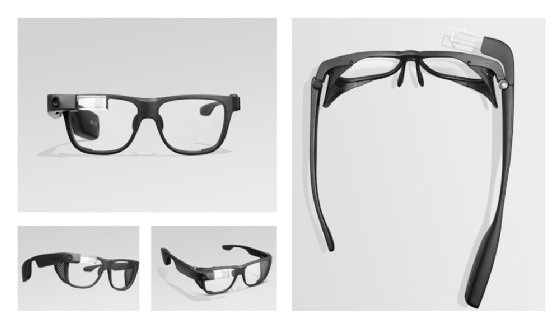
Getty Images
Google to test AR glasses in public
Google will seek to iron out challenges for AR as it tests a lightweight, glasses-type device. The company already has a foothold in the enterprise with its Glass AR glasses.
Next month, Google will publicly test prototype augmented reality glasses with translation, transcription and navigation capabilities.
The AR prototype resembles a regular pair of glasses, but displays digital information in a user's field of view. Testing will be done in unspecified locations in the United States using Google employees and a few trusted outside testers.
"[As] we develop experiences like AR navigation, [real-world testing] will help us take factors such as weather and busy intersections into account," wrote Juston Payne, group product manager at Google, in a blog post. "[Those conditions] can be difficult, sometimes impossible, to fully recreate indoors."
Google did not release many details, but said the glasses would have cameras, microphones and in-lens displays.
Keeping the glasses small and lightweight will constrain their capabilities, according to J.J. Lechleiter, vice president at PTC. The Boston-based software company's Vuforia platform helps companies use AR to train workers, market products and remotely assist field technicians.
"If they're trying to stick to the sunglass form factor ... then there will be limitations to the type of display and type of camera hardware in there," he said.
Several vendors are already selling AR glasses, which are less bulky than AR headsets like Microsoft's HoloLens 2 or the Magic Leap 2. Google launched the Glass Enterprise Edition 2 glasses in 2019, and device makers Vuzix and RealWear have offerings. Those glasses display text, pictures and video. However, they are incapable of the 3D, hologram-type images the Microsoft and Magic Leap hardware can show.

Google emphasized privacy in its testing announcement, saying the AR prototypes won't allow testers to take photos or video. The company said it would use image data to translate menus for foreign language speakers and provide street directions.
The device will also protect privacy by only retaining the information needed for analysis and debugging. According to Google, it will scrub sensitive details like faces and license plates. Also, bystanders can ask the tester to delete image data that captures them.
With its privacy focus, Google seems to have learned from the backlash it received when it started selling Glass to consumers in 2013. People criticized Glass owners who used the device in public, fearing that the camera-equipped hardware was recording everything around them.
In response, Google shifted the device's focus to enterprise use, which appears to have bolstered adoption. Last December, Fairfield Market Research reported that Google held about 50% of the global AR glasses market in 2020.
While the ubiquity of cellphones has normalized the recording of public events, AR glasses still spark resentment, according to Forrester Research analyst Julie Ask.
"If someone's wearing glasses, it still feels like it's more in my face," she said.
Safety is another factor Google must consider when testing its AR technology, Ask said. Moving around while wearing an AR device can be dangerous, as any information on the display obstructs the user's view. Ask uses AR swimming goggles and said it is more difficult to avoid other swimmers when she's wearing them.
Testers won't be allowed to drive, operate heavy machinery or play sports while wearing the devices, Google said.
Mike Gleason is a reporter covering unified communications and collaboration tools. He previously covered communities in the MetroWest region of Massachusetts for the Milford Daily News, Walpole Times, Sharon Advocate and Medfield Press. He has also worked for newspapers in central Massachusetts and southwestern Vermont and served as a local editor for Patch. He can be found on Twitter at @MGleason_TT.








